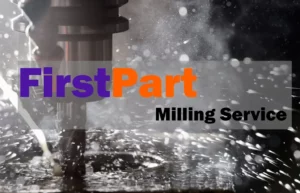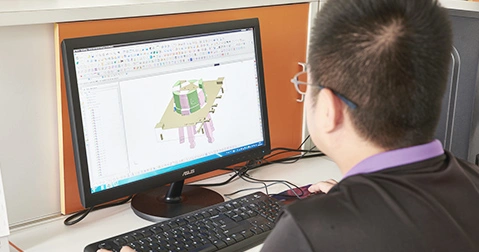Urethanes Casting
Urethanes Casting is like injection forming. During the procedure of injection forming, a hard apparatus is made. The hard apparatus, made of a one side and other side, develops a void inside and that void is inserted along with plastics seriatim in material consistency, property, and strength. Toys, plastic cups, and dishware are most generally made utilizing the procedure of injection forming because they are regular purchaser things that should be delivered on a large scale, and injection forming (when the hard apparatus has been made) is intended for large scale manufacturing.
Advantages
Urethane casting has a few favorable circumstances over other plastic manufacturing procedures, for example, injection forming and additive manufacturing (3D printing). It is quick, cheap, and creates top notch parts. However, it has the limitation of just being capable of creating a predetermined number of parts, so it may not be the best procedure for a specific task.
Speed
The urethane throwing process is extremely quick because the silicone molds used to make the parts in this procedure are made rapidly, particularly contrasted with injection forming. It is perfect for low-amount creation – when volumes don’t explain interest in injection form tooling – so first-run generation parts can be made a long time before generation tooling is prepared. It’s brilliant for testing item structure, for one-off items, or for testing business sector or consumer reactions to another item. With such a rapid turnaround time, urethane threw parts can carry a task to its next level for end-client testing or short-run generation, and give an organization a first-to-market advantage.
Cost
The fluid poured and restored silicone molds utilized for throwing urethane are less expensive to deliver compared with making injection form tooling. To place it in context, a casting task may be of many dollars, compared with a huge number of dollars it would be for a similar injection forming tasks. Once more, and as usual, the best strategy will be controlled by part quantity. For low-volume part quantity, urethane throwing gives an awesome worth because the expense is low, yet the quality of the parts is high.
Quality
The cvacuum casting process can utilize a large amount of materials to deliver parts that are rigid to flexible (elastic like), shaded or transparent. The silicone molds give superb surface completion detail and can precisely impersonate generation colors and surfaces. The urethane throwing procedure can really give equivalent or preferable physical properties over injection formed parts, and are essentially more grounded than their 3D printed partners. What’s more, parts can be over-formed, have embeds consolidated into them, and have optional procedure medications like painting.
Pressure Die Casting
Pressure die forming is a rapid, solid and financially savvy fabricating process for generation of high volume; metal segments that are net-formed have tight resistances. Fundamentally, the pressure vacuum casting process comprises of injection under high pressure a liquid metal alloy into a steel form (or instrument). This gets hardened quickly (from milliseconds to a couple of moments) to form a net molded part. It is then naturally separated.










